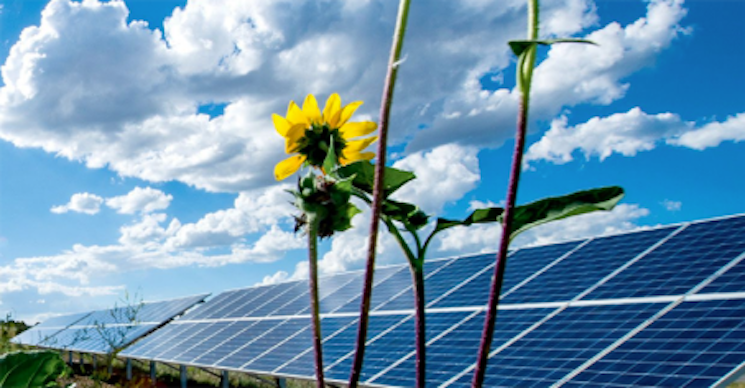By Seth Masia September 1, 2009


It’s easy to make a business case for the parabolic trough concentrating solar thermal collector. Put it out in the middle of a cloudless desert, and it will boil water to turn a steam turbine all day long, for years at a time, closely matched to the air-conditioning load of sun-struck cities.
But what if you don’t have a desert? If moist coastal air marches clouds across the sky on most summer days, the efficiency of the trough system may be cut 30 percent or more. In that case, concentrating solar power (CSP) makes sense only if you can save a lot of money on the balance of system — the heat exchanger, turbogenerator and condenser elements.
Park the mirror arrays next to an existing fuel-burning electric plant, and the steam from the troughs can go straight to an existing generator/condenser set.
You save about a third of the cost of the new system, thus compensating for the loss in efficiency. When the sun shines, you burn less fossil fuel, or less biomass. A CSP array could also co-locate with a nuclear plant. And a hybrid CSP doesn’t need new transmission lines.
Florida Power and Light (fpl.com) is finishing construction of the first hybrid CSP plant. At 75 megawatts (MW), the Martin Next Generation Solar Energy Center is the second-largest solar thermal power plant in the world and the biggest outside California. FPL already has plenty of experience running a CSP: It’s a partner in the SEGS system at Kramer Junction in the Mojave Desert. So does the lead contractor: Lauren Engineers and Constructors built the 65-MW Nevada Solar One CSP array two years ago. Florida offers its own design challenges: The Martin array is designed to stand up to hurricanes.
Florida depends heavily on natural gas. The National Renewable Energy Laboratory estimates that about 52 percent of the state’s electricity comes from gas-fired plants. FPL expects the Martin solar array to save fossil fuel to the tune of 2.75 million tons of greenhouse gas emissions annually. FPL plans to expand the array to 300 MW. At that size, the solar array would amount to 7 percent of the peak capacity of Martin’s fossil burners, which use gas, coal and oil.
Seth Masia is managing editor of SOLAR TODAY. Contact him at smasia@solartoday.org.




